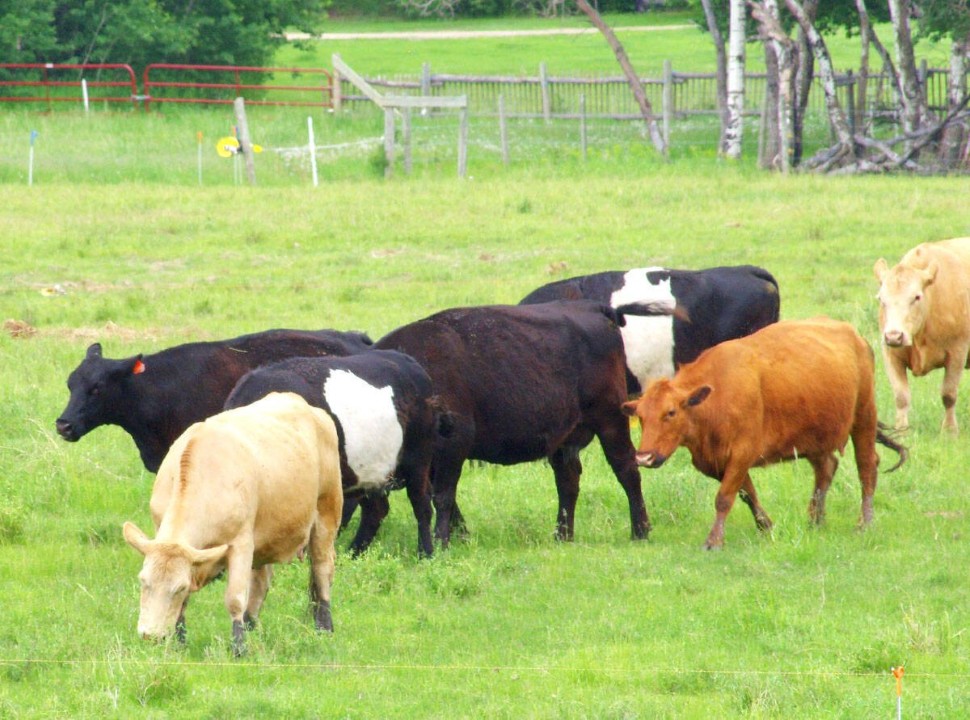Livestock farms often need to use their land carefully in order to get the best results for their animals, which is why the Saskatchewan Ministry of Environment is sharing some tips on good grazing practices. Trevor Lennox, a Range Management Extension Specialist, talks about one of the biggest potential mistakes a farm operation can make: overgrazing.
"One of the challenges when managing pastures is uneven utilization, as livestock often prefer to graze in the same area day after day, season after season. This repeated overuse of key grazing areas leads to deterioration of these areas, while other areas within the pasture may hardly be grazed at all. Uneven livestock distribution can be detrimental to the health and productivity of the pasture."
Lennox spells out five potential solutions that producers should watch for.
1. Water infrastructure:
Develop new water sources to draw animals toward new grazing areas naturally.
2. Fencing:
A cross-fence between forage types can help considerably, including separating seeded grassland from native grassland, with a possible inclusion of fencing off riparian (riverside) areas separately from upland pastures.
3. Location of Supplements:
Important supplements for livestock, such as salt, minerals, and protein supplements, can be used to help lure livestock away from certain grazing areas to others. Supplements used in this way should be placed away from water sources to discourage cattle from their preferred areas.
4. Herding:
While labour-intensive, herding can be a tool to move cattle between grazing areas to facilitate more uniform grazing across an area. Lennox recommends mixing herding with other methods, such as supplements or water sources, to get the best result from herding.
5. Changing Livestock Class:
Cow-calf pairs tend to be the most difficult livestock class to distribute as they spend most of their time near riparian areas, while yearlings and non-lactating cows often distribute themselves more widely throughout a pasture. Lennox surmises that grazing a different class of animal could potentially help improve the distribution on pastureland.
Anyone looking for more information on grazing practices can call into the Ag Knowledge Centre at 1-866-457-2377.
